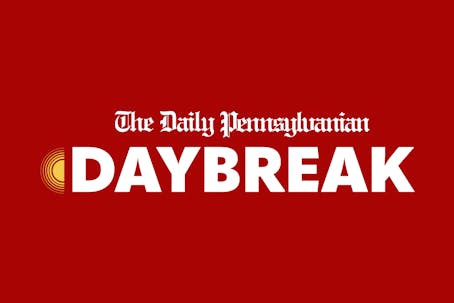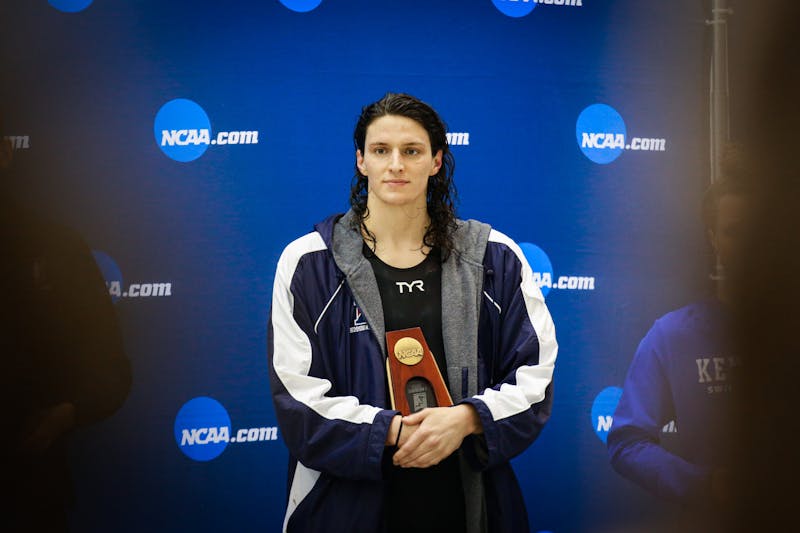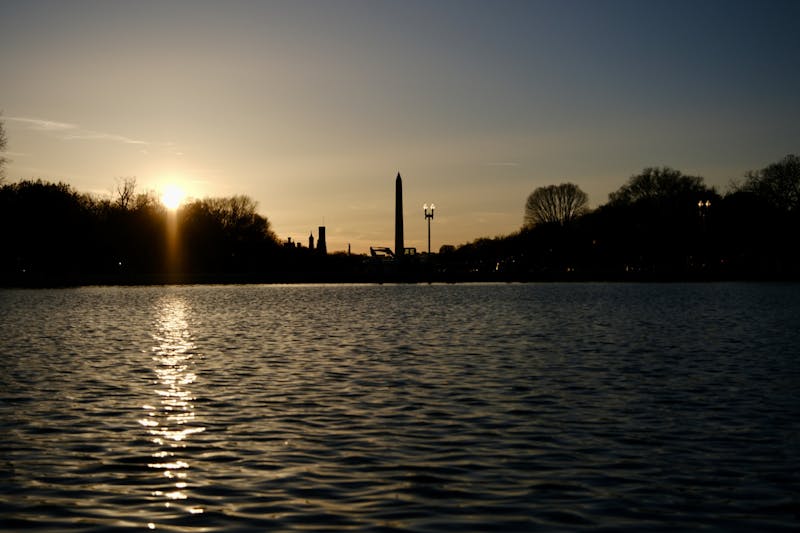
Each year, the Penn Relay Carnival is among the largest track and field meets in the world, bringing together thousands of high school, collegiate, and professional athletes for three days of competition in dozens of events. It is also one of the best-attended meets, drawing tens of thousands of spectators from Philadelphia and beyond to Penn’s historic Franklin Field. But it hasn’t always been that way. Here are five landmark moments in Penn Relays attendance over the Carnival’s over-125-year history.
5,000 — Attendance at the first Penn Relays in 1895
When the Penn Relays began over a century ago, they were not the major spectacle they are today. The first proper relays consisted of just a few events contested by college teams largely from the Northeast. Harvard won the first-ever Relays championship with a victory in the 4x400-yard relay. Even though Penn hosted running events in 1893 and 1894, the 1895 edition marked the first held where Franklin Field stands today at the corner of 33rd and South streets. The iconic two-tiered stadium didn’t exist then, so spectators sat in a single-tiered wooden grandstand along South Street.
30,000 — Attendance at the 1920 Relays
The Relays expanded significantly during the first few decades of their history. The number of colleges participating increased, representing a growing proportion of the United States. The number of events also grew to include sprints, hurdles, and some field events. By 1920, the Penn Relays permanently took place at Franklin Field. Following World War I, a combined team from English schools Oxford and Cambridge participated in the Relays. Beyond the 30,000 spectators present, another 5,000 were turned away, marking the second-largest crowd in the history of Franklin Field at the time.
43,618 — Attendance at the 1958 Relays
1958 marked a new all-time Relays attendance record. During the 1950s, the Penn Relays maintained their status as one of the preeminent track and field meets in the U.S. By this time, there were over 4,000 athletes competing in various disciplines, and the area outside Franklin Field featured many tents with activities for spectators. This era also featured some adjustments to the race program in order to create a more enjoyable experience for spectators. Race distances changed so that they included full laps of the Franklin Field track, and some of the most popular events and finals — long known as “Championships of America” — were concentrated on Saturday afternoon.
53,310 — Saturday attendance at the 2010 Relays
The Penn Relays attracted world-class athletes with its “USA vs. the World” program of relays in 2010. Usain Bolt — the reigning Olympic gold medalist in the 100-meter dash from the 2008 Beijing games — anchored a Jamaican 4x100m relay squad. His team completed the event in 37.90 seconds, good enough to finish well in front of the U.S., which finished in 38.33 seconds. Many spectators that day — making up the largest crowd to attend a single day of the Penn Relays — lined up outside Franklin Field for hours before the gates opened, eager for a glimpse of Bolt, who was returning to the Relays for the first time since his days at Jamaica’s William Knibb Memorial High School in 2004. Jamaica wasn’t undefeated, though; American squads took home wins in the women’s 4x100m relay and both 4x400m relay events, with a team featuring Olympic medalists Allyson Felix and Carmelita Jeter.
110,000 — Three-day attendance in recent years
Even without Bolt, thousands still flock to Franklin Field for the Penn Relays each year. Across three days of middle school, high school, college, professional, and masters competition, the bleachers and seats are filled with spectators. Some are cheering on friends, some family, some compatriots, and still others are just rooting for athletic success. Whether they come from near or far, the spectators give Franklin Field a special feeling during the Penn Relay Carnival.
The Daily Pennsylvanian is an independent, student-run newspaper. Please consider making a donation to support the coverage that shapes the University. Your generosity ensures a future of strong journalism at Penn.
Donate






